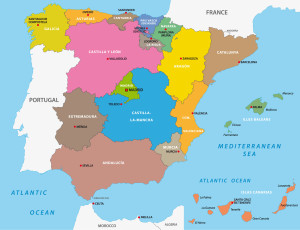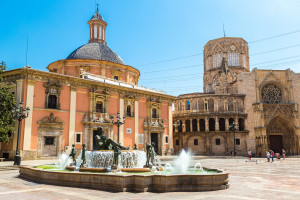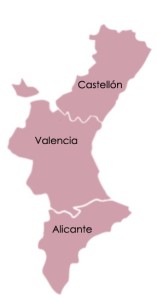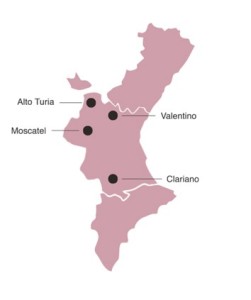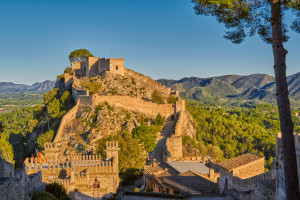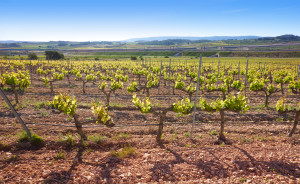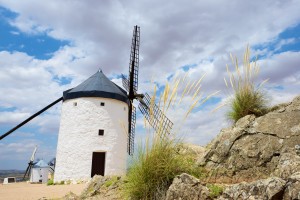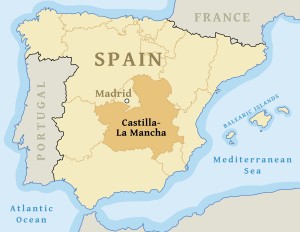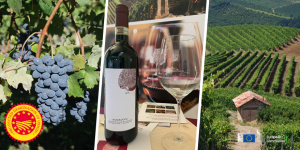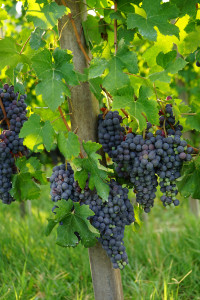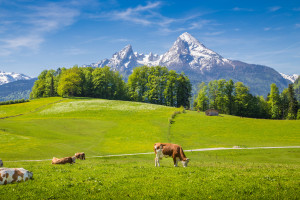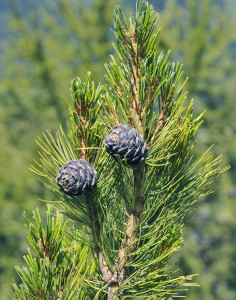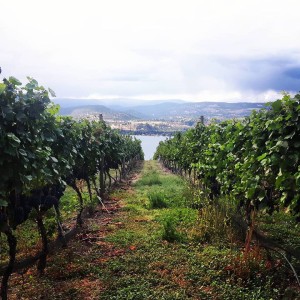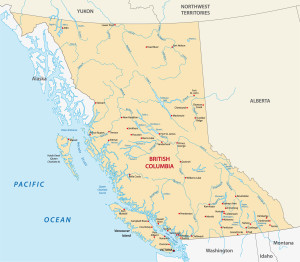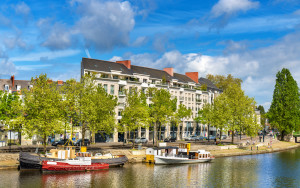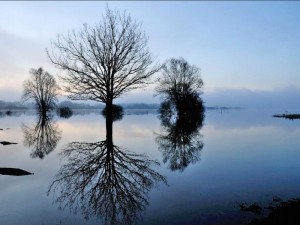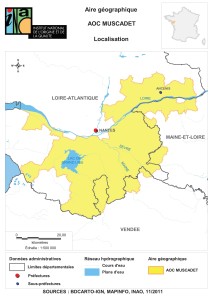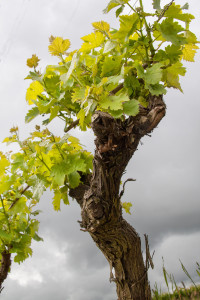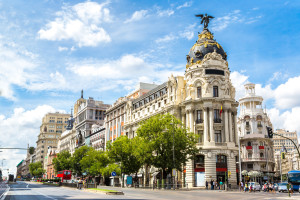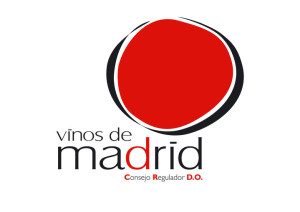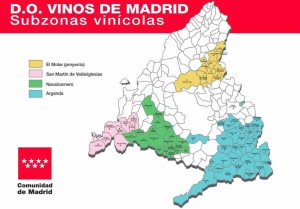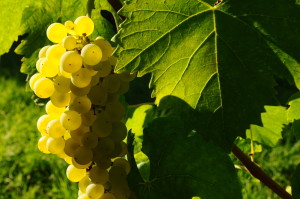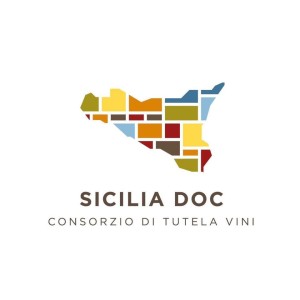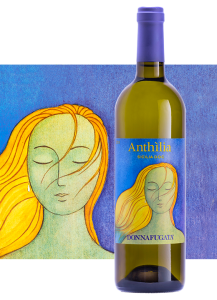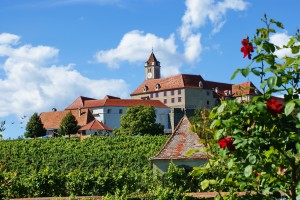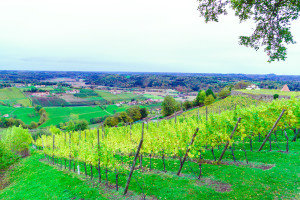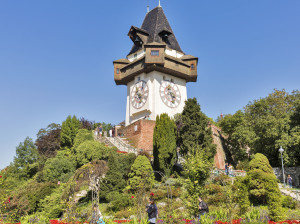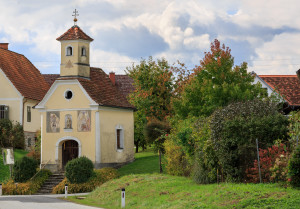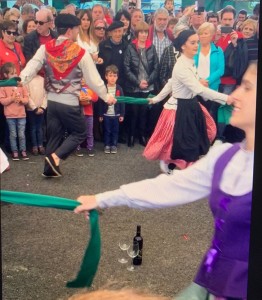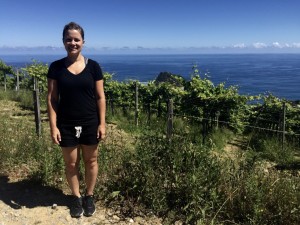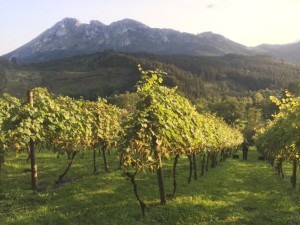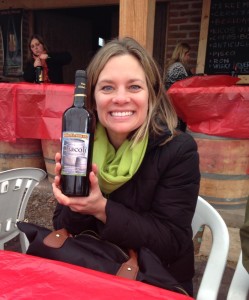Today we have a guest post from Elizabeth Yabrudy, CSS, CSW, CWE. Elizabeth takes us on a deep dive into the wines of the Valencia DO!
When we think about Spanish wines, usually Rioja, Ribera del Duero and/or Cava are the denominations that come into our minds, but never Valencia, right?
Valencia, the city, is Spain’s third largest, after Madrid and Barcelona. The autonomous community—under the same name—has three protected denominations of origin: DO Valencia, DO Utiel-Requena and DO Alicante. The DO Valencia was created in 1932, although its wine production date backs to the Phoenicians.
According to the Spanish Wine Market Observatory (OeMV, by its initials in Spanish), Valencia as an autonomous community ranks fourth in Spanish wine production by volume, after Castilla-La Mancha, Extremadura and Cataluna, with 5.8% (2.4 Mhl) of the total.
The DO Valencia: The DO Valencia is located in Spain’s east coast (on the Mediterranean Sea), with the DO Carinena to its north; the DO Alicante to the south; and the DO Utiel-Requena (as well as part of the DO Manchuela, DO Almanza, and DO Yecla) to the west. It covers 18,060 hectares (44,600 acres), and includes four sub-zones:
- Alto Turia
- Valentino
- Moscatel de Valencia
- Clariano
The region covered by the DO Valencia also includes some land that lies within the province of Albacete, as well as in some areas (less than 30% of either of each DO) in the communities of Utiel-Requena and Alicante.
The Alto Turia subzone, located in the northwest of the Province, produces dry white wine only. It is a mountainous zone, with extreme temperatures and a wide diurnal swing, where mostly white grapes are cultivated in an altitude between 700 and 1100 meters (2,300 and 3,610 feet) above sea level. Merseguera and Macabeo are the main varieties, but other whites are also allowed.
Valentino is situated almost in the center of the autonomous community of Valencia. The area under vine is lower in elevation than Alto Turia, just 200 to 650 meters (660 to 2,130 feet)above sea level. It is a sub-one where both, white and red grapes, can be found. Merseguera, Macabeo and Planta Fina are the most common of the whites, but Semillon and Chardonnay can also be found. Garnacha Tintorera, Tempranillo and Cabernet Sauvignon are the most planted reds. The wines of Valentino are produced in many styles, as the soil and climate are very diverse, but in any case, alcohol strength tend to be higher than in other zones.
Moscatel de Valencia is located south of Alto Turia and Valentino, and is more highly influenced by the Mediterranean breezes. Of course, the main grape here is Moscatel, mainly used to produce Vin de Liqueur (“Vino de Licor” or “Mistelas”). Vineyards are no more than 250 meters (820 feet) above the sea level.
Clariano, in the south of the DO Valencia, is an area with two different climates due to the presence of both valleys and mountains. White grapes are primarily cultivated in the area closest to the sea, while the interior—with warmer temperatures and higher elevations—is planted mainly to red grapes including Garnacha Tintorera, Monastrell, Cabernet Sauvignon, Merlot and Tempranillo.
Grapes and Wine Styles: The focus of the DO Valencia is on indigenous grapes. Most producers strive to showcase the authenticity of the region, even when they also cultivate international red and white varieties. The wines—both white and red—tend towards freshness, with good acidity and a mineral (even salty) character. The fruitiness is the main characteristic in the nose and the palate. However, this region is well known for its famed dessert wines.
The authorized grape varieties are:
- Whites: Chardonnay, Gewürztraminer, Macabeo, Malvasía, Merseguera, Moscatel de Alejandría, Moscatel Grano Menudo, Planta Fina de Pedralba, Planta Nova, Pedro Ximénez, Riesling, Sauvignon Blanc, Semillon, Tortosí, Verdejo, Verdil and Viognier
- Reds: Bobal, Bonicaire, Cabernet Sauvignon, Cabernet Franc, Forcallat Tinta, Garnacha, Graciano, Malbec, Mandó, Marselán, Mencía, Merlot, Monastrell, Mazuelo, Petit Verdot, Pinot Noir, Syrah, Tempranillo and Tintorera.
Click here for a pdf detailing the styles of wine produced in the region: The wines of the Valencia DO
Valencia has its own port on the Mediterranean Sea—the fifth busiest seaport in Europe, and the largest in Spain. Because of its location, this community has been strongly focused on markets outside Spain rather than at home, maintaining the impetus on high quality products.
More than 500 wineries are located in Valencia, and the region now has its own wine route—the Ruta del Vino DO Valencia—helping to increase enotourism in the area. If you can find a wine from Valencia, don’t hesitate to buy it. Valencia is also home to two high-quality Vinos de Pago: Vino de Pago El Terrerazo and Vino de Pago Los Balagueses. You are guaranteed a great Spanish wine experience!
About the author: Elizabeth Yabrudy, CSS, CSW, CWE is a sommelier and journalist residing in Venezuela. To date, she the only Venezuelan—and the only South American—to have achieved the Certified Wine Educator designation from the Society of Wine Educators. In addition, Elizabeth is the winner of the 2018 Banfi Award, having received the highest combined total score of any candidate sitting the CWE in 2018. She stays busy teaching and writing about wine and spirits, as well as leading tastings and service training. In addition to her wine and spirits credentials, Elizabeth has a Master’s Degree in Electronic Publishing from City University in London. You can find her online at ElizabethYabrudy.wordpress.com.
References/for more information:
